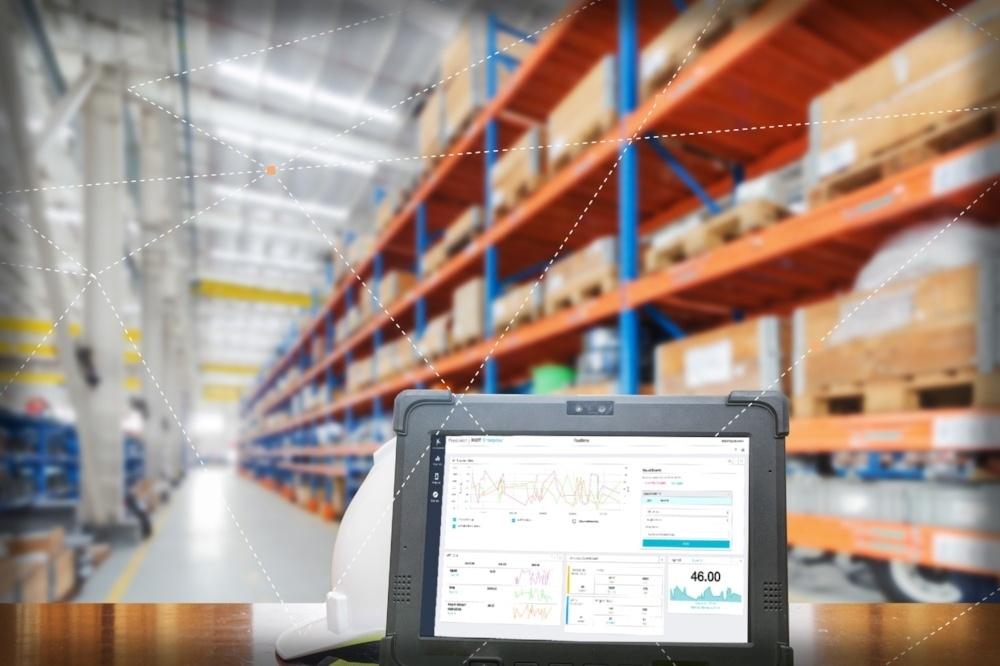New technologies are often first manifested in behemoth machines that may take up entire rooms, only to be miniaturized as the technology matures. We have witnessed this shift over the last 70 years in computers, and an analogous trend is now underway in healthcare.
Startups across the world are transforming capabilities that were once relegated to specialty labs with large, expensive capital equipment and highly trained technicians. For example, in the early 2000s, Celera Genomics used nearly 300 DNA sequencers and 7,000 processors, and cost nearly $100 million to complete the sequence of one human genome. Today, an entire human genome can be run on a desktop machine for less than $1,000. Beyond DNA sequencing, new companies focusing on everything from flu to strokes are moving the technology, revenue and data from a few centralized companies to the doctors and patients that need it the most.
The benefits of these technologies are numerous. Disaggregating testing from large centralized labs to the clinic or the home will broadly lower costs, enhance patient outcomes and provide better overall access to care. Historically, the capital and operational costs of this large equipment have required centralized facilities to be amortized over many samples.
This industry can now benefit from the cost reductions enabled by the mass manufacturing of consumer electronics. Optics, microfluidics and electronics are nearly an order of magnitude less expensive than just a decade ago. Combined with novel chemistry and smarter software, these tests are at cost parity or better than their centralized counterparts.

PreDxion Bio believes that it has a blood test that could cut down on deaths in emergency rooms. The team says that previous blood tests often took over three days to get back and that about half a million people die per year because of the delays. They’ve built a test that can help doctors gain insight into inflammatory biomarkers, making it easier to treat things like trauma and burns. The startup is starting clinical trials this fall at UCSF, Mayo Clinic and Mount Sinai hospitals.
Beyond the costs of the tests themselves, the fees associated with hospital-based diagnostics have grown exponentially, and many labs are overloaded with patient samples. Additional costs due to factors such as hospital administration and insurance can quickly overtake the cost of a test itself. In-clinic and in-home tests remove the overhead attributed to hospital operation, significantly reducing the overall cost of diagnostics. These tests also improve the availability, as they remove the time waiting for equipment or staff.
It is well documented that a fast and accurate diagnosis are critical for ensuring patient outcomes across a wide variety of diseases. Quicker diagnosis enables the correct rapid treatment, minimizes hospitalization rates and reduces the over-prescription of antibiotics. By bringing these tools to the bedside and reducing time to diagnosis from days to minutes, the quality of patient outcomes will increase.
In-clinic and at home tests deliver a large amount of data for both providers and patients. Traditional diagnostics produce a single data point, while distributed tests enable time series data that can help to monitor trends. This type of data is necessary to catch conditions at their earliest stages, when they are most likely to be treated and cured properly. Leveraging this data to track behaviors, treatments and outcomes can have significant impact on how healthcare is delivered. There are also additional startup opportunities to collect, analyze and act upon this data.
These tests, however, are not without their challenges. They can be expensive to develop and certify, they may require changes to clinical workflows and there is strong competition from market incumbents. Also, although these tests may be smaller and less expensive, they are still held to same rigorous standards by the FDA and other regulatory agencies. The 510(k) pathway provides a less cumbersome to pass regulatory scrutiny than a new therapeutic, but still require significant resources.
The fundamental driver of the adoption of these technologies, however, will be an optimization of economics for providers. By offering an in-clinic diagnostic test, the provider can bill the full cost of that test, rather than having to outsource it to a centralized lab. Telemedicine has been impaired by the lack of definitive tests available to patients at home. However, an over the counter flu test can enable a telemedicine company to charge for a diagnostic and therapeutic visit while the provider is still 1,000s of miles away. Each of these attributes provide increase economic benefit to both the patient and the provider.
The shift from large, centralized testing facilities, to in-clinic and at-home tests has begun. These tests provide an increased quality of care, while decreasing the costs incurred across the value-chain. Their adoption is inevitable. Significant investment is still required to develop these tests to a cost and performance acceptable to the healthcare system, and there are many sources of funding currently supporting these innovations. Many entrepreneurs have identified opportunities to make meaningful impacts across society, and entire generations to come will live longer, healthier lives because of it.
